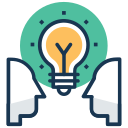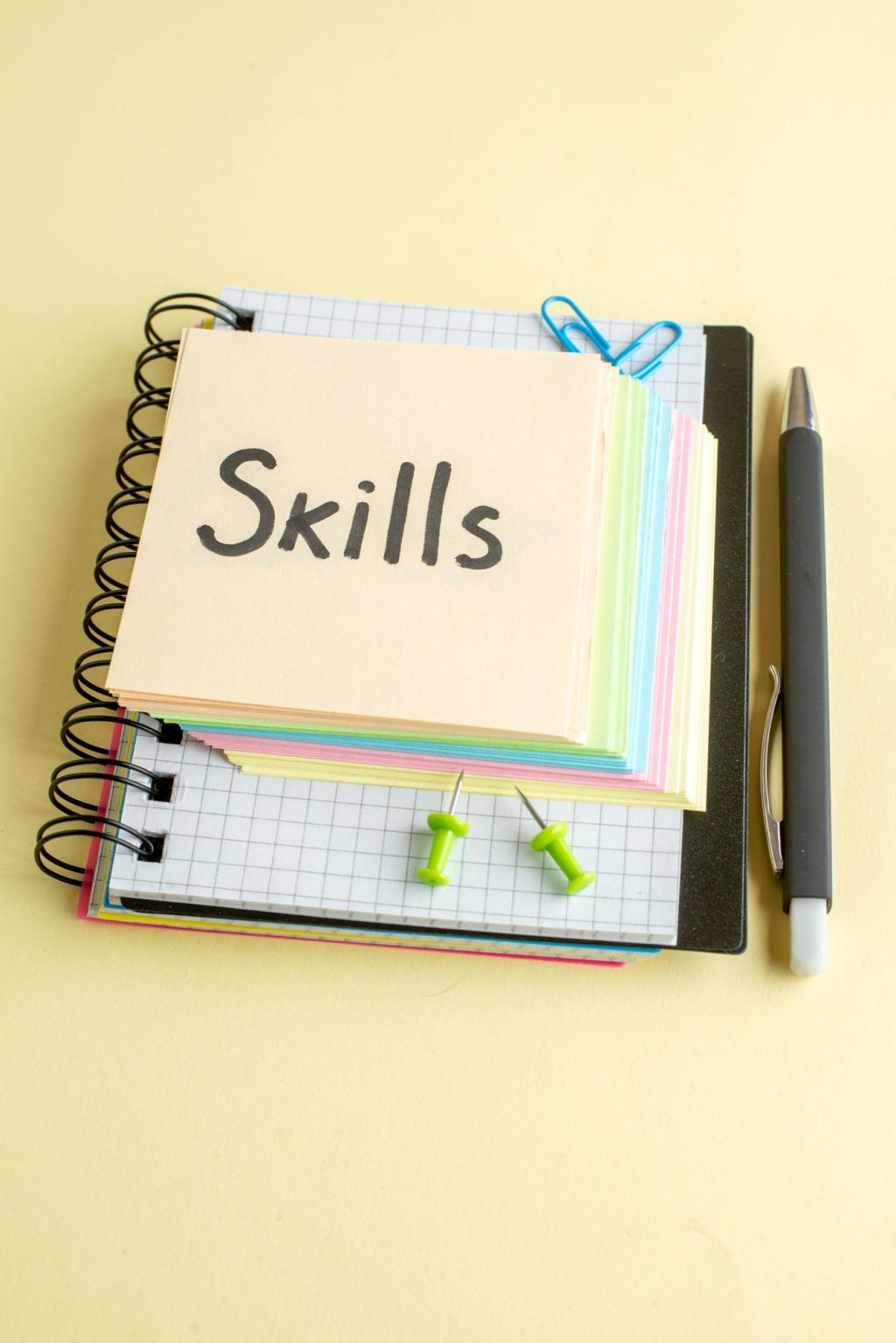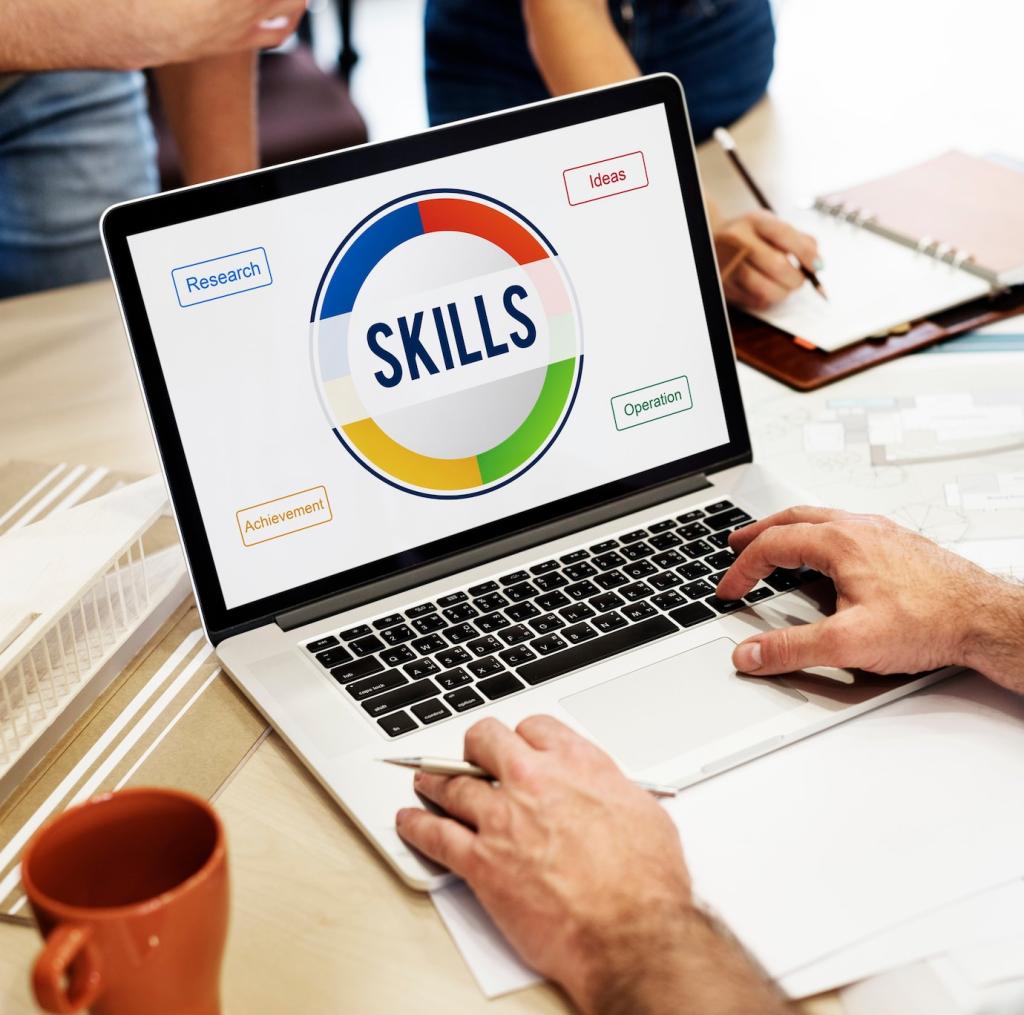Tools and Platforms That Empower
Mix block coding, audio editing, and visual design so different strengths shine. Provide templates and exemplars, then fade supports. Share which creation tools your learners love and why, so others can expand their toolkits wisely.
Tools and Platforms That Empower
Model lateral reading, reverse image checks, and archive lookups. Build quick-reference checklists students actually use. Post a tool your group relies on for verifying sources, and we will compile a community-tested list for everyone.








